SMARTNEST-IOT based home automation system
Abstract
Abstract
https://meet.google.com/spz-hkpb-pgr MEET LINK
AIM:
To design and implement a low-cost IoT-based home automation system using NodeMCU ESP8266 that enables wireless control of electrical appliances such as fans and lights through a web interface or mobile application.
INTRODUCTION:
This project explores the practical application of IoT in home automation by leveraging the NodeMCU (ESP8266) microcontroller and the Blynk platform. The integration of relay modules and wireless connectivity allows users to manage household devices both remotely and manually. The approach highlights how affordable, accessible technology can be used to modernize living spaces, offering real-time feedback and flexibility for users interested in smart home advancements.
LITERATURE SURVEY:
Smart home automation using Arduino and IoT has gained popularity due to its affordability, flexibility, and ease of implementation. These systems enable users to control home appliances such as lights, fans, and security devices remotely through the internet, enhancing convenience and energy efficiency. Initial systems used Arduino Uno or Mega with Bluetooth or infrared, but these had limited range. The introduction of Wi-Fi modules like the ESP8266 enabled remote access via smartphones and web applications. Platforms such as Blynk and ThingSpeak allowed real-time control and monitoring through cloud services, while MQTT provided lightweight communication ideal for microcontroller-based systems. We use Blynk platform in this project. To improve automation, researchers integrated sensors such as PIR (motion), temperature and humidity(DHT11), and light sensors(LDR). These allowed context aware operations like turning off appliances in unoccupied rooms or adjusting fan speed based on room temperature, significantly contributing to energy savings. Voice assistant integration became a major trend, with systems using Amazon Alexa, Google Assistant, and platforms like IFTTT to offer hands-free control. This proved particularly helpful for elderly and differently abled users. Security and data privacy are key concerns in IoT systems. Solutions like HTTPS, authentication tokens, and secure MQTT brokers are recommended to prevent unauthorised access and ensure secure communication. Recent systems favor NodeMCU (ESP8266/ESP32) over basic Arduino boards due to built-in Wi-Fi and better processing capabilities, making them more suitable for scalable, modular applications. In conclusion, Arduino and IoT-based smart home systems are cost-effective and customizable. Integrating cloud platforms, sensors, voice control, and robust security mechanisms enhances their functionality, paving the way for smarter, responsive, and more secure homes.
TECHNOLOGIES USED:
-ESP8266/NodeMCU development board
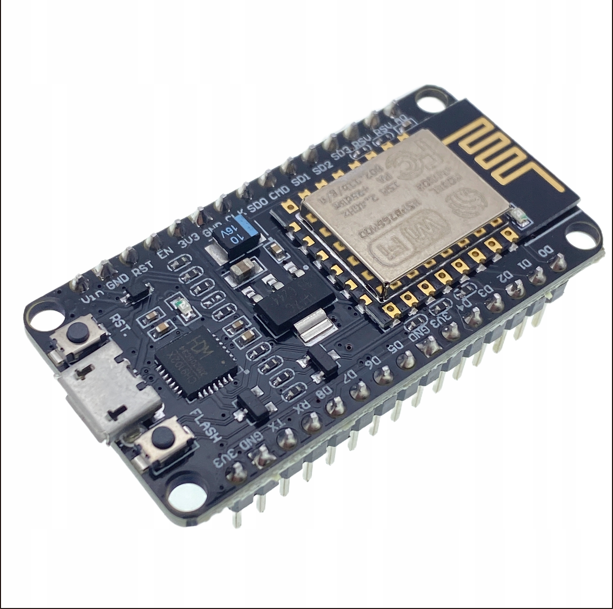
- ARDUINO UNO
- Relays- 4 module
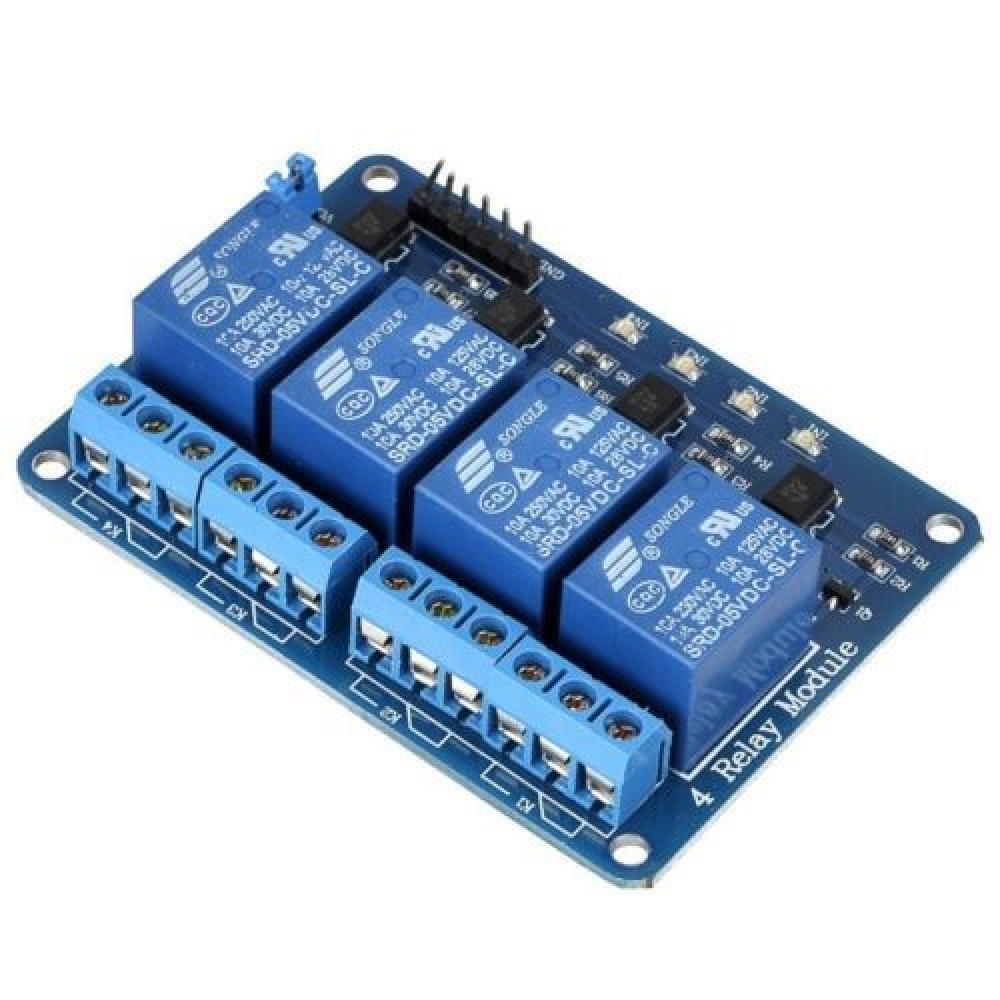
-Temperature and humidity sensor (DHT11)
-5V DC fan
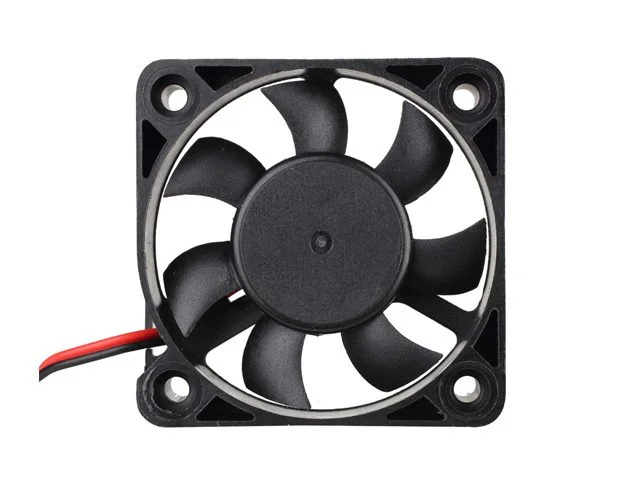
-Light dependent resistor
-Switch board
METHODOLOGY:
The development of the smart home system using Arduino and IoT follows a structured
approach involving hardware setup, software integration, communication protocol
implementation, and testing. The methodology is divided into the following key stages:
1. System Design and Planning
• Identify the household appliances to be controlled (e.g., lights, fans).
• Select suitable microcontroller (Arduino Uno/NodeMCU ESP8266/ESP32).
• Design the system architecture, including sensor placement, appliance interface, and
user access method (mobile app or web interface).
2. Hardware Implementation
• Microcontroller: Use NodeMCU (ESP8266) for its built-in Wi-Fi and GPIO support.
–Relay IN pin connected to a digital GPIO of NodeMCU.
• Relays: Interface 5V relays with the microcontroller to switch AC appliances.
• Sensors: Integrate DHT11(Temperature and humidity sensor) and LDR (light
intensity).
• Power Supply: Provide regulated 5V/3.3V power to the circuit components.
3. Software Development
• Arduino IDE: Write embedded code in C/C++ for controlling appliances based on
sensor data and remote commands.
• IoT Platform: Use Blynk or Firebase for real-time data transmission and remote
control.
• Mobile Interface: Develop a smartphone-based control panel using Blynk app .
4. Communication Protocol
• Wi-Fi Connection: Connect the NodeMCU to a local network.
• Cloud Communication: Send and receive data using HTTP or MQTT protocols.
• User Authentication: Implement token-based authentication for secure access.
5. Testing and Calibration
• Test each sensor and relay module individually.
• Test control commands via mobile app (on/off, status feedback).
• Calibrate sensor thresholds (e.g., light level to trigger light, temperature to turn on
fan).
• Test system response time and network reliability.
6. Evaluation and Improvements
• Evaluate energy efficiency, response time, and user experience.
• Identify areas for improvement, such as adding voice control or enhancing data Security.
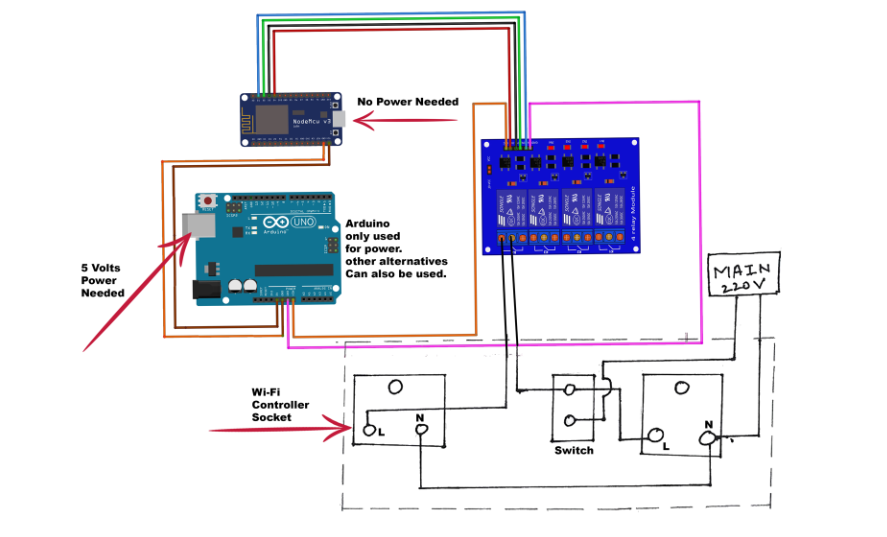
Results:
1.The switch and fan were successfully controlled via the Blynk mobile app using Wi-Fi.
2.The relay module effectively toggled the switch box appliance ON and OFF from within the app.
3.Commands from the app were executed with minimal delay, typically under 1 second.
4.The NodeMCU maintained stable connectivity with the Blynk cloud server during continuous operation
KEY OBSERVATIONS:
Responsive Control: The mobile interface allowed near real-time operation of appliances with consistent performance
Network Sensitivity: Continuous functionality depended on an active and stable internet connection.
Hardware Integration: The relay and motor driver modules responded accurately to control signals without glitches.
Scalability: The system structure supports adding more appliances and sensors for broader smart home applications.
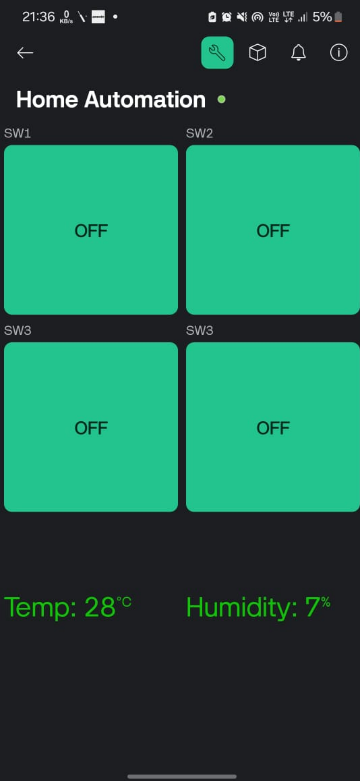
CONCLUSION:
The system proved to be effective for real-time operation, showcasing the practicality of basic IoT applications in home automation. Its modularity and straightforward integration make it an excellent foundation for further expansion
Future Scope:
Voice Assistant Integration: Linking the system with Google Assistant or Alexa for hands-free operation.
Mobile App Enhancements: Creating a custom mobile app for better control, security, and feedback.
Cloud Analytics: Logging usage data to cloud platforms for energy tracking and optimization.
References
1.YouTube Video:
https://youtu.be/r7YKy96zK9g
2.ESPAsyncWebServer:
https://github.com/me-no-dev/ESPAsyncWebServer
3.ESP8266 (NodeMCU ESP-12E Module):
https://www.espressif.com/sites/default/files/documentation/0a-esp8266ex_datasheet_en.pdf
(Provided by Espressif Systems)
4.L293D Motor Driver IC:
https://www.ti.com/lit/ds/symlink/l293d.pdf
(Provided by Texas Instruments)
Report Information
Report Details
Created: May 23, 2025, 2:05 a.m.
Approved by: Vishal Kamath [CompSoc]
Approval date: May 25, 2025, noon
Report Details
Created: May 23, 2025, 2:05 a.m.
Approved by: Vishal Kamath [CompSoc]
Approval date: May 25, 2025, noon

